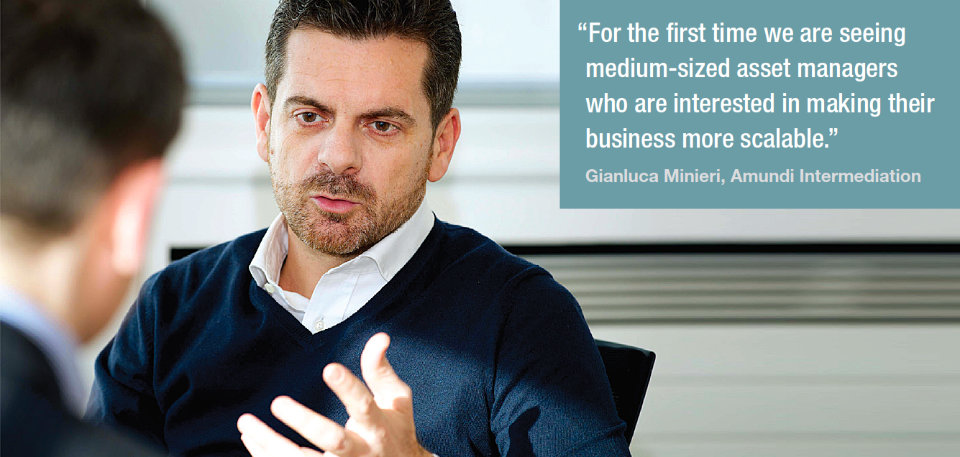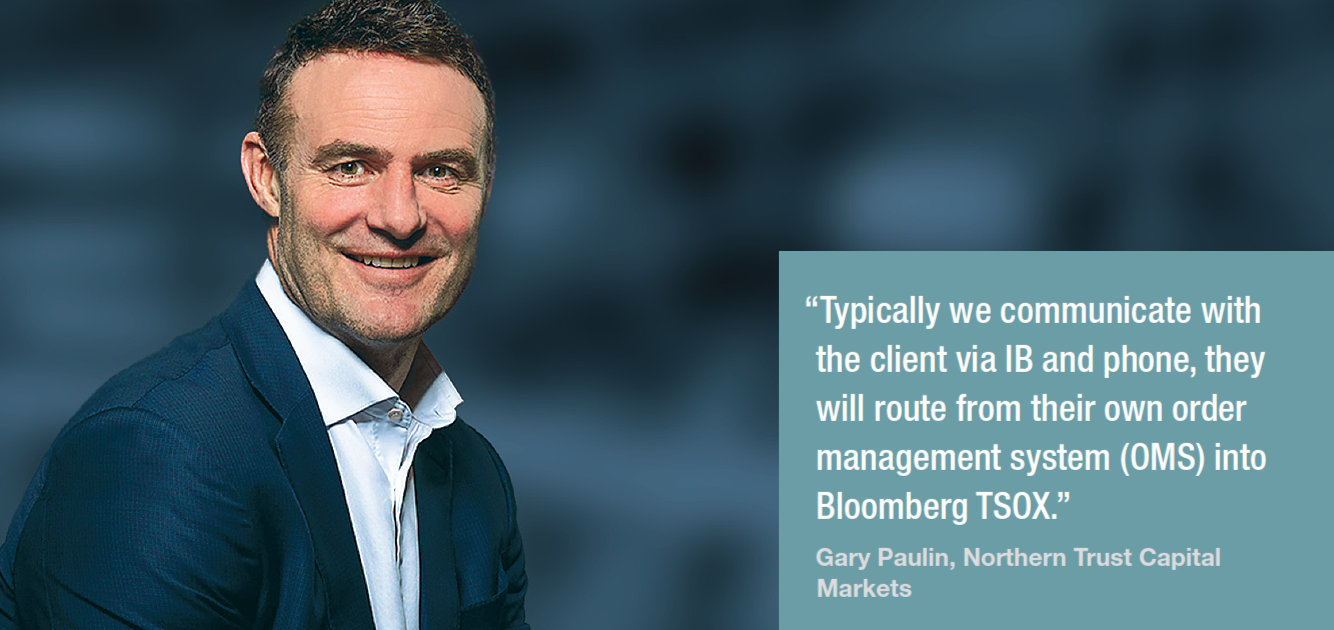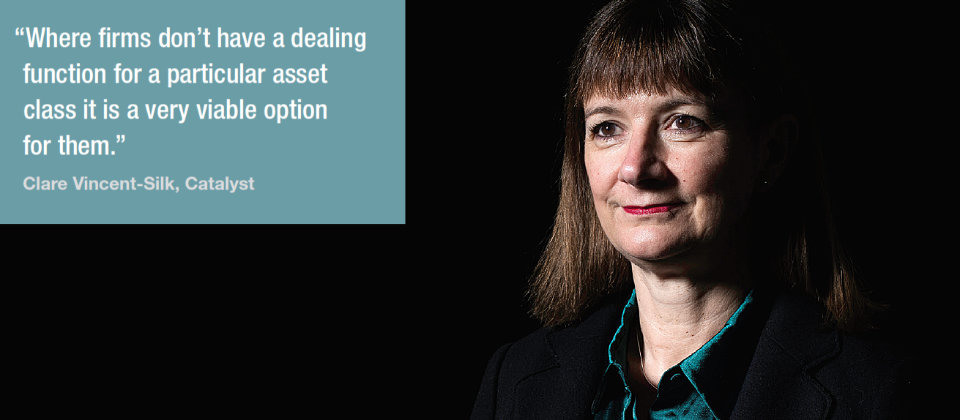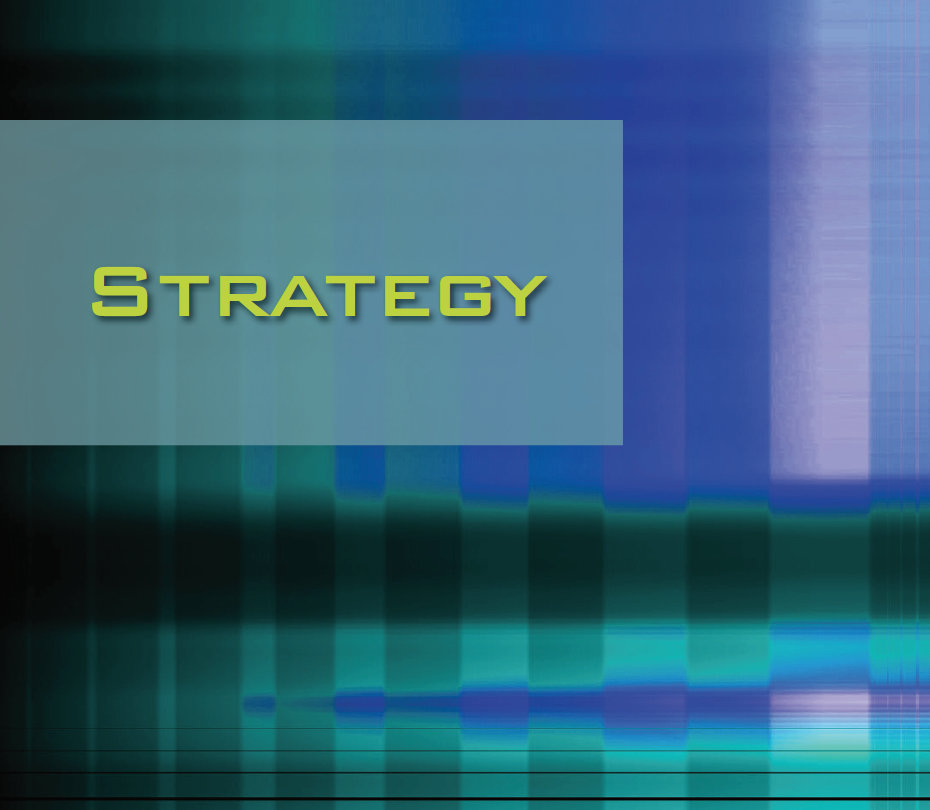Growing numbers of asset managers are hiring third parties to provide their trading desks. Dan Barnes investigates.
Fixed income funds are under increasing pressure to manage costs, as they negotiate down their management fees in order to win mandates. Research from industry data provider, Broadridge, which tracks US$25 trillion in assets under management (AUM) found that bond fund managers had fees driven down 30% during negotiations with institutional investors, while passive funds saw the greatest drop of 37%.
If the trading function is not able to support alpha capture, it can be seen as a cost burden within buy-side firms. Asset managers who are thinking about managing trading for other buy-side firms can generate a return from the investments they have made in their trading function and build a new revenue stream for the business. However, opinions are divided about the impact this has on rivals.
“I don’t want to give my competition the same advantages that I have,” said the head of trading at a mid-sized European asset manager. “Trading for me is a competitive edge, and an integral part of the investment process.”
Outsourcing is not only a cost play; if an asset manager is growing into new asset classes or geographies, it might need to build new skills, systems and data sets quickly in order to support trading. An outsourcer can quickly deliver those capabilities.

“For example, we have a prospective client which has a long-established trading desk, but it has expanded its AUM in a new instrument very rapidly and it doesn’t have the scale on the trading desk to be able to manage the volume,” says Gianluca Minieri, CEO for Amundi Intermediation, UK & Ireland, which offers outsourced trading to other asset managers. “They don’t have the required connectivity or broker relationships. In that case we would provide that portion of trading desks as a hybrid model.”

Gary Paulin, global head of integrated trading solutions at Northern Trust Capital Markets, says, “I believe that the asset manager of the future will just control the means of capturing alpha, marketing and the clever people and software, while all of the capital intensive, low-margin process will be outsourced to a hyperscale provider.”
Measuring performance
Asset managers who are considering outsourcing their trading to an agency broker, asset manager, or custodian bank need to assess the service on three levels; execution quality, governance and cost. They also need to have a realistic view of the advantages.

“If firms don’t have a dealing function for a particular asset class it is a very viable option for them,” says Clare Vincent-Silk, consultant at advisory firm Catalyst. “Setting up a dealing desk and hiring that level of expertise is an expensive thing to do.”
Depending on the arrangement, an outsourcer might provide different levels of service. For example, Amundi Intermediation offers pure dealing, but it also offers access to its proprietary Amundi Leading Technology & Operation (ALTO) Portfolio Management Module, an order management system (OMS) and the ALTO Trading (Dealing Module), its execution management system (EMS). It also offers fund hosting and transition management.
“Which option the client chooses depends on why they have chosen to outsource execution,” says Minieri. “It may be that they want to outsource their entire trading operations, in which case we make sure the client’s OMS is routed to the trading desk and our dealers interact with the client’s PM, as he was part of the client’s investment team stream, receiving instructions from the PM.”
Maintaining or improving upon the quality of execution is crucial to the success of any outsourced trading arrangement. Inherent in that is a clear flow of orders from portfolio managers to traders and open communications between the investment and trading functions.
“Typically we communicate via Instant Bloomberg (IB) messenger and phone; the client will route from their own order management system (OMS) into Bloomberg TSOX and we are able to pick up those orders from TSOX into our own Bloomberg terminal,” says Paulin. “The parameters of the order can be specified, whether that be limit prices or any settlement instructions, but we would have a permanent Bloomberg chat open with that asset manager. Receipt of orders and the fills coming back at the other end are set up via the FIX messaging protocol.”
Hitting the big time
The opportunity for smaller firms to rapidly get access to a larger scale operation is compelling where that translates into access to otherwise broader liquidity, counterparties and markets.
“In 2018 we intermediated 4 trillion of euros in trading, and we handled nearly 2 million orders across assets,” says Minieri. “We have access to 250 counterparties, 15 clearing firms and 70 custodians.”
In order to gain the benefits of scale, such as getting better spreads due to greater levels of activity, asset managers may need to aggregate order flows.
Within equity markets, outsourcing of trading is not uncommon, particularly when operations are complicated. For example, analyst firm Greenwich Associates found in its 2018 ‘Outsourced Trading Study’ that 27% of firms had international equity trades handled by outsourced trading desks.
“If an asset manager has small volumes and it uses an outsourced dealing desk, it can get scale,” notes Vincent-Silk. “A single centralised desk can build up orders. If it is a global operation it can offer trading across different time zones and react to changing market conditions in real time.”
Advantages include the potential for an outsourced desk to cross trades between clients, Paulin says, and to seek any other methods of reducing the costs of trading on behalf of clients.
“We can cross trades where those opportunities occur, we are engaged with platforms like Liquidnet and MarketAxess, we have our own transition management business which creates pockets of liquidity,” he says. “Bond transitions don’t come across the desk every day but when they do it is a key benefit for clients in finding liquidity.”
If firms are to take advantage of that aggregated flow, then their orders need to be unpicked to deliver the right allocations. Choosing how to engage with this model is determined by the asset manager and their mandate, Minieri says.
“There are institutional clients who do not wish [orders] to be integrated with others, and there are some mutual funds that are open to integrating their orders,” he notes. “We are then able to ensure a level playing field in the way we execute orders for our clients. We provide reporting for every client for best execution and analysis that shows how we performed against various execution benchmarks and peers.”
With formal best execution policies needed in Europe under the MiFID II rules, which are setting a global benchmark in terms of execution quality, any buy-side firm needs to ensure that their policies are reflected in the dealing desk’s workflow.
“When we sign agreements with clients we agree all policies including best execution, market abuse and the tools we will use to comply with regulations,” says Minieri.
However, the quality of fixed income trading is notoriously difficult to quantify due to the numerous dynamics that affect a trade and the challenges of determining a market price at any given point in time. Governance of fixed income trading is therefore potentially more complex to manage. Where there is not an agreed quantitative measure of execution quality, firms can still receive the data upon which the trading team based its analysis.
“We pass the competing quotes for each order on to the clients for post-trade analysis on a monthly basis for TCA and to support best execution,” notes Paulin.
What’s the bid?
If execution quality can be quantified, along with the cost saving, the value of the service can be assessed, based on its cost. For bond trading, where a spread is a more common basis for trading than a commission, working out how the outsourcer is paid is crucial.
“We are set up with a pre-agreed commission schedule with the outsourced client, by asset class and charged as an explicit line-item on the trade,” Paulin explains.
The level of interest in these services is reported to be growing by independent consultants such as Catalyst, as well as the outsourcing providers themselves. Amundi reports that the typical users have been firms with lower levels of AUM to this point, with hedge funds and small asset managers outsourcing for operational cost reasons, or because they needed to handle new asset classes
“Now for the first time we are seeing medium sized asset managers who are interested in making their business more scalable,” says Minieri. “For example, if 90% of their business is in Europe and the US, and they are expanding in APAC and need trading capability, they might outsource.”
Yet to make a well-supported choice, asset managers will need to have a relatively mature market, Paulin acknowledges, in order to feel sure the decisions can be well supported.
“Supply needs to be there; service levels have to be of a certain size, with scale and capability to enable that adoption curve to really get going,” he says.
©TheDESK 2019
©Markets Media Europe 2025













